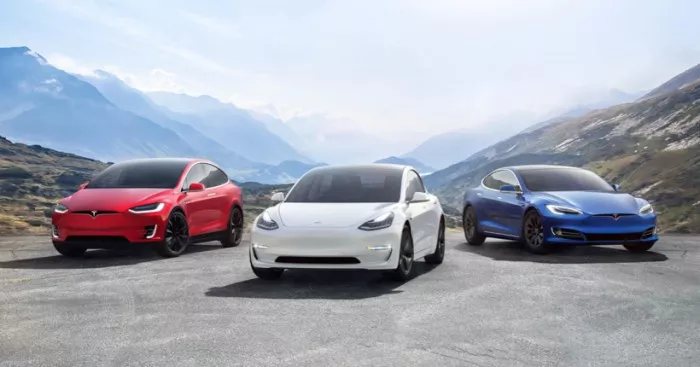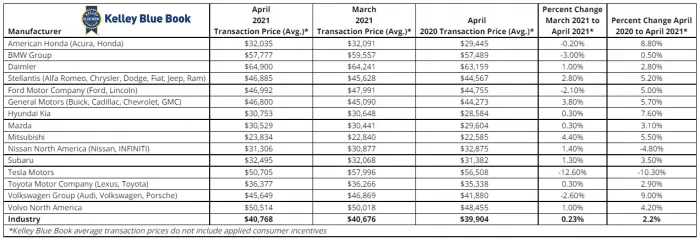With the popularization of electrification, the demand for purchasing, driving and maintaining electric vehicles is also growing. However, to evaluate the actual vehicle cost, electric vehicles are still quite different from traditional fuel vehicles On the one hand, power batteries account for the majority of the cost of electric vehicles and depreciate faster, not to mention the different electricity bills in the United States. On the other hand, although Tesla has a model 3 entry-level model with a price as low as $47000, the average starting price of consumers still reaches about $60000.

It is undeniable that electric vehicles do have many advantages and are even considered by many people as the first choice for travel in the future. However, with the order volume hitting a record high, the construction of charging station infrastructure and the attenuation of battery performance in extreme environments such as high temperature / severe cold have also become an inseparable topic.
By 2022, the price of electric vehicles is still not affordable compared with fuel vehicles. Kelly Blue Book pointed out that the average transaction price of electric vehicles in April 2021 was $51532, while that of compact fuel vehicles was only $22798 and that of gasoline SUV / crossover vehicles was only $31033.
Even though manufacturers have repeatedly stressed that electric vehicles can save a lot of fuel / maintenance costs in the future, many people have noticed its hidden costs. For example, it is often reported that the cost of replacing the model 3 battery is $15800.

However, compared with competing products such as Nissan, Chevrolet and Hyundai, Tesla's power exchange cost is still much higher. Recurrent pointed out that the battery accounts for about 1 / 3 of the total price of model 3.
Of course, to resolve this embarrassment, we must wait for power battery technology to become more efficient and affordable. Bloomberg estimates that by 2030, the cost per kWh may fall below $100 (or even $58).
However, judging from the battery supply chain in recent years, metal lithium and other elements used in batteries will still hinder the downward trend of EV power batteries.

It is reported that the battery warranty period of Tesla's official model 3 ordinary / long-life version is 8 years, or 100000 / 120000 miles (whichever comes first). In addition, the battery warranty of Tesla certified used cars is 4 years, or 50000 miles, and an additional 1 year, or 10000 miles warranty will be added.
When the warranty terms are implemented (the capacity is reduced to less than 70%), Tesla can choose to repair the damaged battery or replace it with a new battery pack. But the reality is that only changing a few batteries will not restore the electric vehicle to a new "full blood" state.
What is more easily ignored by EV owners is that the official warranty only involves the failure or damage caused by manufacturing defects, excluding the problems caused by collision, water and fire, unauthorized repair, improper maintenance, earthquake, storm, off-road and other "force majeure factors".
It is for this reason that we have seen many EV owners significantly reduce the repair / maintenance cost of out of warranty through various alternatives.